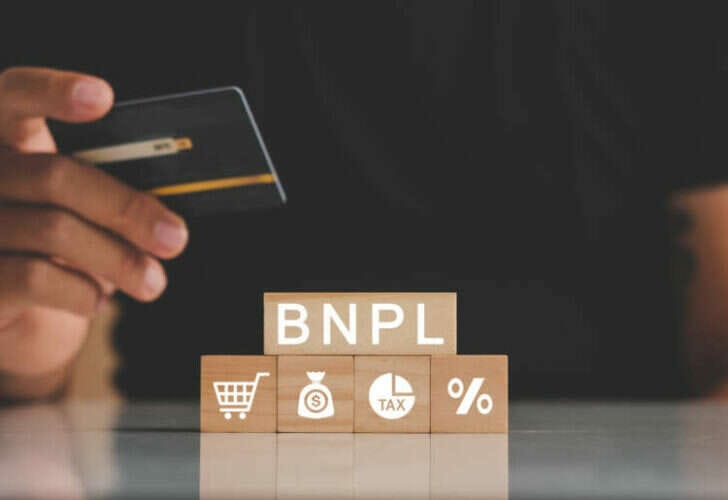

The Future of B2B Payments: Buy Now, Pay Later
By Louis Carbonnier, the Co-Founder and Co-CEO of Hokodo
Buy Now, Pay Later, (BNPL), is a hugely popular payment method among consumers and has become an established and expected part of the online retail experience. The expansion of BNPL has been driven in recent years by the emergence of fintechs providing accessible digital payment systems.
Precedence Research estimates the Buy Now, Pay Later industry will be worth more than $3 trillion by 2030, despite the challenges Klarna and its B2C BNPL peers have faced. It’s clear BNPL for consumers is here to stay, even if some level of consolidation is to be expected in the coming years. But how can this successful model be applied to business-to-business (B2B) trade?
Throughout the history of business commerce, companies have made their commercial transactions using trade credit. Today, annual sales on B2B trade credit amount to an impressive $30 trillion. B2B BNPL is simply another name for trade credit, yet despite how well-suited it is to B2B transactions, the concept hasn’t been widely embraced.
Why has B2B fallen behind in the BNPL revolution?
BNPL has been slow to take off in the B2B space for multiple reasons. Firstly, it could be a question of reputation, as some BNPL providers in the B2C space, such as Klarna, have come under significant scrutiny. Buy Now, Pay Later providers have been criticised for encouraging consumers to spend more money than they can afford, under terms they will find challenging to meet. These reputational issues may have hindered the growth of BNPL in the B2B sector.
B2B BNPL is also a much more complex undertaking. As B2B purchases are usually larger and costlier, the credit risk is higher and the chance of fraud increases. This makes online lending more difficult to implement for B2B.
Some sellers have turned to issuing digital credit from their own accounts – a practice leaving them open to significant risk. While traditional financial partners haven’t developed a digital trade credit solution, fintech companies have stepped in to plug the gap.
How is B2B BNPL different?
While B2B BNPL and B2C BNPL both result in the ability to defer payment for the buyer, the solutions differ in two main ways.
Business customers are less likely to be persuaded to overspend than consumers. To that end, it is much less likely that business customers will be exploited or overextend themselves.
The second difference is that B2B transactions are often more complicated. The purchasing process is longer and requires multiple discussions with stakeholders and decision-makers. Credit checks are also more convoluted. Credit analysts are needed to assess risk while Credit Underwriters make informed decisions, highlighting the need for the streamlined process an external payments solution provides.
The evolution of the B2B BNPL market
Credit terms for B2B payments are necessary for the current climate. When the economy is weak, and growth could slow, they offer a new way for businesses to avoid stagnation.
However, right now, there are very few credit options for online B2B sales. Recent research has highlighted that just 75% of B2B marketplaces allow payment through their platforms, and only 21% offer the option to pay using BNPL. Of these, 38% use an internal solution, which leads to large risk for small businesses. The upshot of this is a checkout process that hasn’t been optimised, doesn’t support credit terms and has a lack of scalability for providers.
In the past couple of years, a small group of challengers disrupting the way B2B credit payments are being made have entered the market. Third-party suppliers like Hokodo are providing embedded financing solutions for buyers and sellers. Buyers benefit from seamless payment terms to suit their needs and sellers are free from the concern of bad debt and the complexity of managing deferred digital payments.
Hokodo reported that in 2022, 41% of SMB owners actively sought suppliers offering credit terms, while a quarter of firms indicated that access to credit would be crucial to their survival in the next twelve months. With the rising cost of living crisis, fuel prices increasing swiftly, and uncertainty coming from many sources, SME owners will find B2B BNPL providers vital to growth, allowing them to invest in and develop their business.
Dig further into these findings and themes in Hokodo’s new B2B payments white paper.
Author Bio:
Louis Carbonnier is the Co-Founder and Co-CEO of Hokodo where he leads the commercial and product functions. Hokodo is a fintech company that enables B2B merchants and marketplaces to offer a buy now, pay later solution to their customers.


